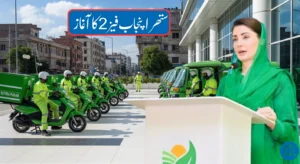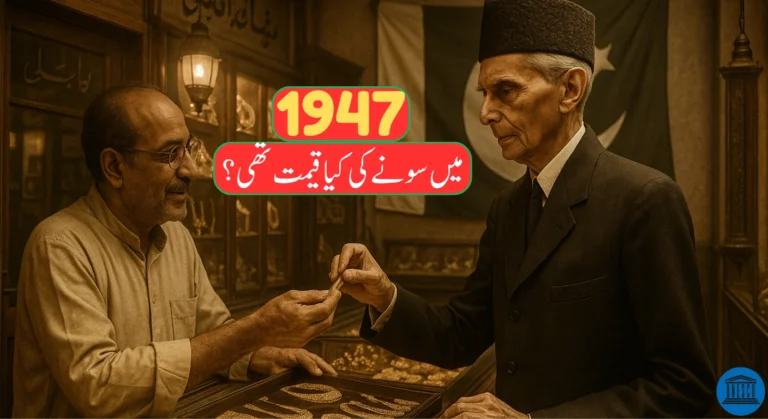Looking back at the petrol prices in Pakistan in 1947, the transformation is nothing short of incredible. From just a few paisas per liter to over Rs. 255/liter in 2025, the rise in fuel costs reflects decades of economic shifts, global oil price changes, inflation, and currency devaluation. Let’s explore how petrol prices in Pakistan evolved over the decades, and what this means for the average Pakistani.
How Much Was Petrol in Pakistan in 1947?
In the year 1947, when Pakistan gained independence, the price of petrol was only Rs. 0.23 per liter. Back then, vehicles were rare, the population was much smaller, and Pakistan’s economy was still developing. Fuel demand was minimal, and the global oil market was relatively stable compared to today.
But as the years passed, the growth of industries, increased transportation needs, urbanization, and global oil politics all played a major role in raising fuel prices across the board.
Also Read

Petrol Price Evolution in Pakistan (1947 to 2025)
Here’s a complete and simplified historical table showing how petrol prices have changed in Pakistan over the decades:
| Year | Petrol Price (PKR/liter) |
|---|---|
| 1947 | 0.23 |
| 1950 | 0.27 |
| 1955 | 0.31 |
| 1960 | 0.36 |
| 1965 | 0.42 |
| 1970 | 0.48 |
| 1975 | 1.20 |
| 1980 | 2.50 |
| 1985 | 3.00 |
| 1990 | 6.00 |
| 1995 | 11.00 |
| 1999 | 26.00 |
| 2000 | 30.00 |
| 2001 | 32.50 |
| 2002 | 31.00 |
| 2003 | 35.00 |
| 2004 | 37.02 |
| 2005 | 40.00 |
| 2006 | 57.78 |
| 2007 | 60.00 |
| 2008 | 66.76 |
| 2009 | 65.00 |
| 2010 | 73.08 |
| 2011 | 80.00 |
| 2012 | 108.00 |
| 2013 | 110.00 |
| 2014 | 94.50 |
| 2015 | 80.00 |
| 2016 | 75.00 |
| 2017 | 69.09 |
| 2018 | 80.70 |
| 2019 | 90.00 |
| 2020 | 100.00 |
| 2021 | 120.00 |
| 2022 | 150.00 |
| 2023 | 200.00 |
| 2024 | 252.66 |
| 2025 | 255.63 |
Why Did Petrol Prices Increase So Much in Pakistan?
A few key reasons explain this drastic price rise:
-
Global Crude Oil Prices: International market rates directly affect Pakistan’s fuel imports.
-
Inflation: As general prices increase, so does the cost of refining and distributing petrol.
-
Currency Devaluation: The weaker the Pakistani rupee, the more expensive fuel becomes.
-
Taxes & Duties: Government levies and petroleum development levies (PDL) make up a large chunk of the price.
-
Supply Chain Costs: Transportation, storage, and distribution have become costlier over time.
Impact on Daily Life
The rise in petrol prices doesn’t just affect car owners—it influences the cost of transport, food, goods, and services. As fuel costs rise, so does everything else connected to logistics and mobility. For an average Pakistani earning a fixed salary, these changes hit hard, reducing spending power and increasing living expenses.
Conclusion
From Rs. 0.23 in 1947 to Rs. 255.63 in 2025, petrol prices in Pakistan reflect a deeper story of economic pressures, global changes, and evolving demand. Knowing this historical data helps us understand the challenges faced by both consumers and policymakers.
Whether you’re curious about fuel history, doing research, or just shocked by current rates—this timeline shows just how far we’ve come.










![Today Saudi Riyal To Pakistani Rupees (SAR to PKR) – 24 July 2025 Rates [Updated]](https://unesco.org.pk/wp-content/uploads/2025/07/Today-Saudi-Riyal-To-Pakistani-Rupees-SAR-to-PKR-–-24-July-2025-Rates-Updated-768x419.webp)